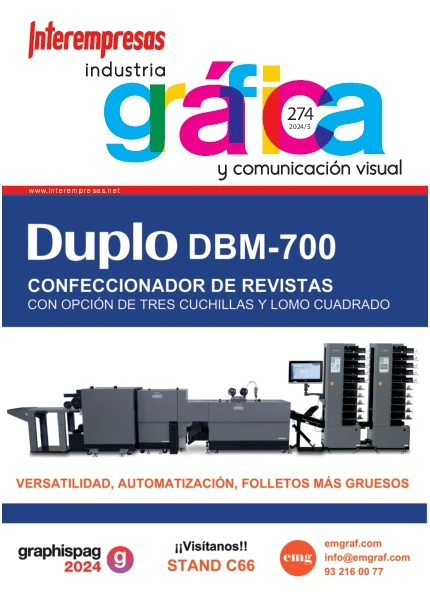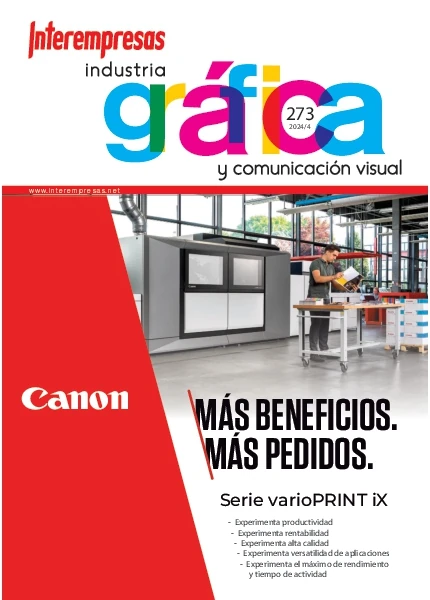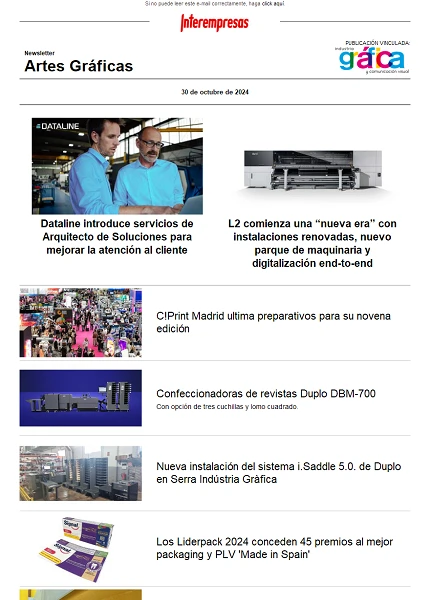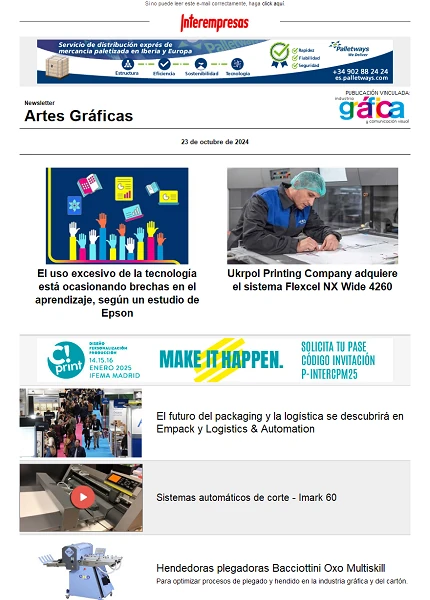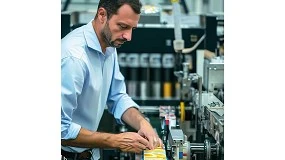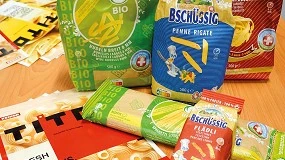The paper in 2050: the bioproductos of the forestry
With more inhabitants in the planet and greater per capita wealth, the consumers of 2050 will be conscious of the pressesures on the resources and the need of efficiency. Also they will expect a better functionality of the goods with a lower footprint of carbon. The TIC will play an every time greater paper, whereas the nanotechnology, biotechnology and the artificial intelligence will remodel the society of forms that today can not at least imagine.
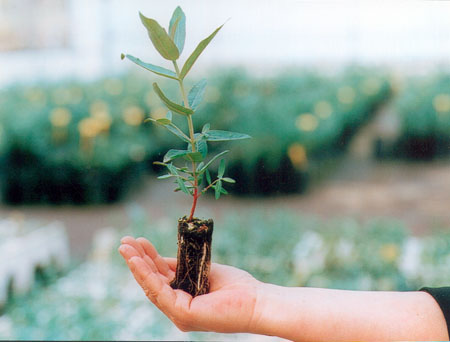
The bio-products will have wide recognition and demand. Able to produce the greater value added possible from the raw materials initials, the renewable and recyclable products will fulfil the demands and expectations of the consumer of 2050.
The innovation is the key and are not sufficient the current better available technologies not even the emergent technologies: it will be necessary to develop and implant in the next four decades technologies rompedoras.
To give this technological jump the sector has set up the project paneuropeo TWO TEAM, in which two equipment of technicians and scientists of the highest level work in competition to identify along 2013 the technologies rompedoras that will develop and will implant in the two next cycles of investment until the 2050.
The year 2050 for the chain of the paper means more integration of activities, new products and efficient use of the raw materials, the power and the waste.
The sector will manufacture all a new generation of bioproductos of wooden fibre like cloths, upholsteries, moquetas, curtains and all type of textile; cosmetic products, chemists and of cleaning; paintings, glaze, adhesive and isolations; anti-freeze and liquid limpiaparabrisas; coatings of optical fibre, carcasas for telephones and tabletas, batteries, screens and displays…
And also reinventarán the current products papeleros: intelligent packagings that say you if the fruit is mature or if you have taken or no the medicine; hygienic and sanitary ware products of high provision with new solutions for babies and for the third age; graphic papers integrated with computer solutions…
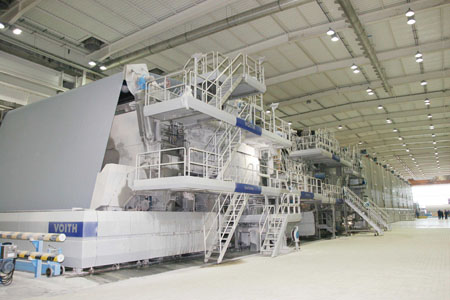
The packaging will have an increasingly important paper in the society. It will be lighter, more effective and more advanced. The demographic tendencies will have supposed a demand of packagings of lower size to cover the daily needs, while the improvements in the rule of health and hygiene all over the world will have promoted the demand of packagings, to protect the commodities and guarantee that they arrive to the consumer in the suitable hygienic conditions. The design advanced and the nanotechnology will have contributed to the development of resistant containers, hermetical and barren for a wide variety of products, included the most innovative bioproductos. The intelligent packaging with systems that will integrate computer solutions will produce less waste, will optimise the logistics and will require less transport.
The products papeleros hygienic, that cover basic human needs, will be increasingly present and will keep on being essential products of daily use. The women will be the main engine of the consumption, so much in emergent markets like mature. It will increase the use of products of hygiene and beauty, as well as of diapers and other products papeleros for babies. And with the growth of the band of population of more age will increase the need of solutions for the incontinence that allow an active life.
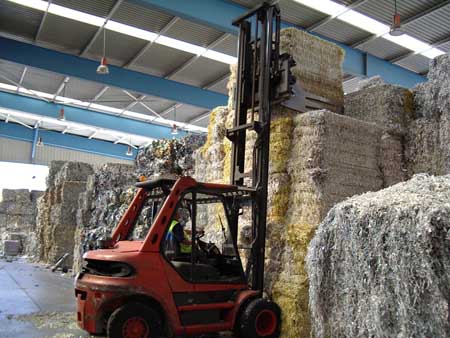
In Spain recovers for his recycling 74% of all the paper and the cardboard that consumes .
There will be more varieties and available types of the graphic papers (impressesion and writing). The paper of low grammage for ends ofimáticos will allow a greater efficiency in the use of resources, in addition to obtaining a greater quality of impressesion and performance of the machinery. The incorporation of virgin fibre in the products of graphic paper will keep on being essential for the cycle of the recycling of the paper (that precise of a true contribution of new fibre of way continued, so much to replace the fibres that go deteriorating with the successive recyclings as to face up to the increase of the consumption).
A European bet
En el futuro the resources will be increasingly scarce and every time will be greater the competition to access to them. Europe, highly deficitaria in raw materials, finds in the wooden fibre cultivated in plantations an opportunity for the development of a bio-industry of avant-garde, with a system circulate of residue zero.
Europe has of good climatic conditions for the wooden crop and surface baldía available by the abandonment of agricultural works and graziers, all this joined to a big development of the systems of collected and recycling of paper and cardboard (the urban forestry).
En el futuro, the pertinent products of the wood will substitute still in greater measure to those more intensive materials in carbon. Increasingly, the products will be based in all type of present molecules in the wood and will use also other sources of fibre.
The paper today
Today the industries of the chain of the paper split of a natural and renewable resource like the wood, that cultivates in plantations managed sosteniblemente. From her it manufactures a very wide fan of products that are afterwards recycled massively.
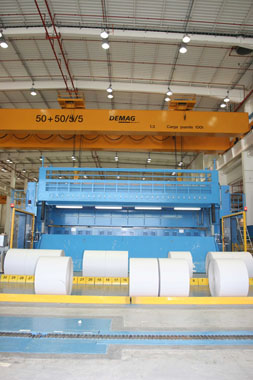
In Spain recovers already for his recycling 74% of all the paper and the cardboard that consumes . And our industry papelera is the second elder recicladora of Europe, only by behind Germany in volume of paper recycled.
When after being recycled one and again, these wooden fibres have deteriorated , use again once again like bio-fuel or valorizan like prime matter in other industries like the cementera, ceramic, in the manufacture of insulating materials...
The macro-industry of the paper in Spain
The macro-industry of the paper in Spain supposes 213.500 direct employments, 12.800 companies and 30.700 million euros of turnover.
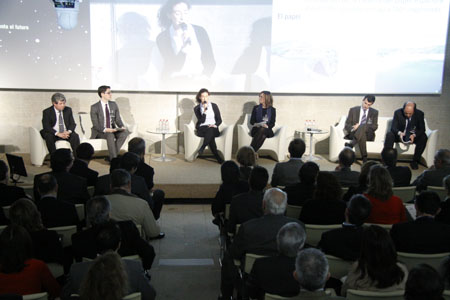
The sector works already to do reality all this future and gave appointment in Madrid on 20 March in ‘The paper invents the future', organised by the Forum of the Paper and integrated by the manufacturers of cellulose and paper, impresores, editors, companies of direct marketing, the sector of the transformation (manufacturers of packagings of cardboard ondulado and of cardboard estucado, of stock exchanges, sobres, folders, fascicles…) and the companies recuperadoras of paper.


